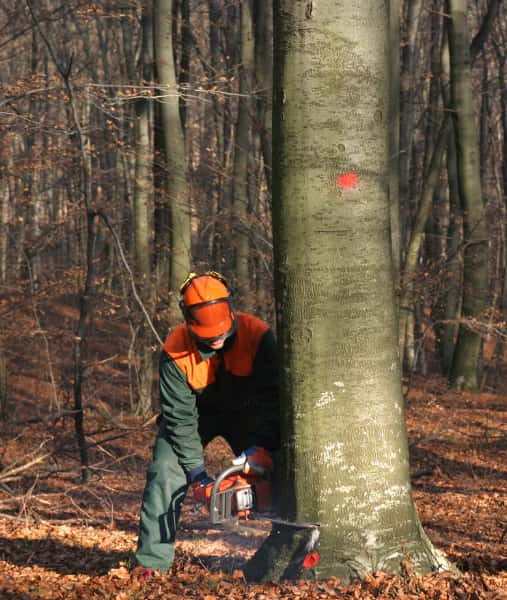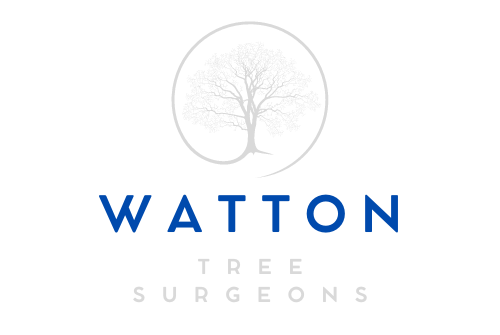Enhancing Sectional Dismantling: Sound and Vibration Sensors in Tree Surgery
Introduction: The world of tree surgery constantly evolves, with new technologies and innovations transforming how arborists approach tree care and management. One such advancement that has gained prominence recently is using sound and vibration sensors in sectional dismantling. In this blog post, brought to you by Watton Tree Surgeons, we will explore how sound and vibration sensors are revolutionising the art of tree surgery, particularly in sectional dismantling.
The Art and Science of Sectional Dismantling
Sectional dismantling is a precise and controlled technique tree surgeons employ to remove trees in sections safely. It requires a delicate balance between arboricultural expertise and cutting-edge technology. Traditional sectional dismantling relies heavily on visual inspection and the experience of the tree surgeon. Still, incorporating sound and vibration sensors adds a new layer of precision and safety.
How Sound and Vibration Sensors Work
Sound and vibration sensors are typically attached to the tree at strategic points, such as the trunk or main branches before any cutting begins. These sensors are equipped with sensitive microphones and accelerometers that can detect minute changes in sound and vibration patterns within the tree.
Advantages of Using Sound and Vibration Sensors
- Early Detection of Stress: Sound and vibration sensors can detect stress points within the tree, which may not be visible to the naked eye. This early detection allows tree surgeons to adjust their approach and minimise the risk of unexpected failures.
- Real-Time Monitoring: During dismantling, sensors continuously transmit data to monitoring equipment, providing real-time feedback on the tree’s structural stability. Arborists can make informed decisions based on this data.
- Enhanced Safety: By identifying potential hazards in advance, sound and vibration sensors contribute to a safer working environment for tree surgeons and reduce the risk of accidents.
- Preservation of Valuable Trees: In cases where preservation is the goal, sensors can help arborists assess a tree’s health and structural integrity, enabling them to implement strategies for rehabilitation rather than removal.
Applications in Urban Forestry
In urban forestry, where trees are often situated near buildings, roads, and infrastructure, sound and vibration sensors become especially valuable. These sensors help tree surgeons navigate the unique challenges posed by urban environments, where safety and precision are paramount.
Conclusion: Integrating sound and vibration sensors into sectional dismantling practices represents a significant advancement in tree surgery. This technology enhances safety and allows for a more precise and informed approach to tree removal or preservation. As tree surgeons embrace these innovations, they can provide more effective and sustainable solutions for managing trees in urban and natural settings.
Call us on: 01953 667 637
Click here to find out more about Watton Tree Surgeons
Click here to complete our contact form and see how we can help with your tree’s needs.

